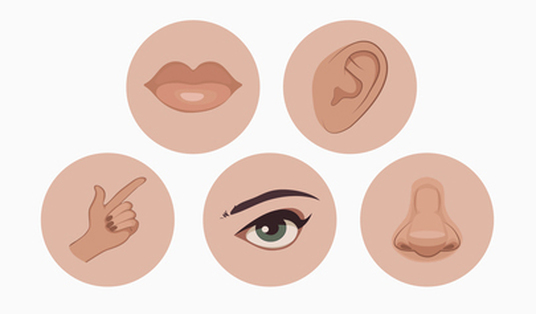I recently read that roughly 4% of people live with something called Synesthesia, which involves a cross-wiring between one's primary senses. Such individuals can sometime taste words or see sounds.
These synesthetic responses to stimuli are involuntary and very distinct. I don't have Synesthesia, but when I read a story by Edgar Allen Poe, my senses become fully engaged and interconnected.
This is especially true of his poetry, and I was fortunate to have read him so early in my writing career. Poe's expert writing style became a prime template for me to learn, and initially hone, my own craft.
In 1846, Poe wrote an essay titled The Philosophy of Composition, in which he detailed his approach to writing. It lays out some rather stringent, and heady, guidelines which I only lightly ascribe to.
But the point here is, Poe's works give off some amazing visuals, sounds, and feelings that lure me into his story or poem so as to hire me as an accomplice, so that they do not make for passive reading.
This is what I try to achieve in my poems; to involve the reader intimately within the sphere of the verses, to the point of seeing, hearing, smelling, feeling, and tasting all that lies there in the poem.
This is one reason why I rarely do poetry readings. I prefer that the voices within my poems lead you through the work by hijacking all of your senses with the help of your own boundless imagination.
This, I learned from Poe, from Edna St Vincent Millay, from Samuel Taylor Coleridge, and from a great many other highly skilled rhyming poets who wrote so long ago, and who knew the sense of their words.
Image: http://sensingarchitecture.com/11247/architecture-beyond-visual-sense


 RSS Feed
RSS Feed